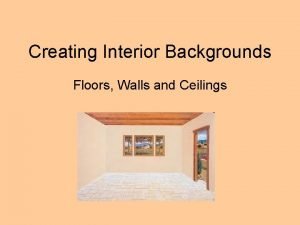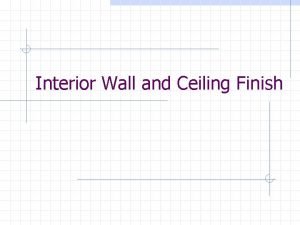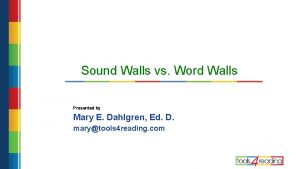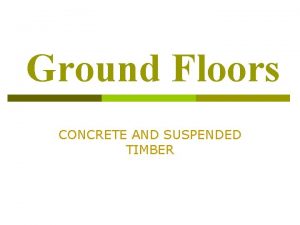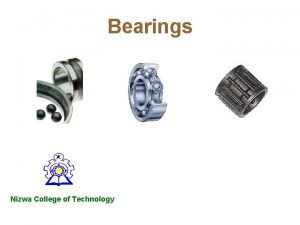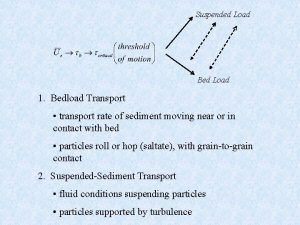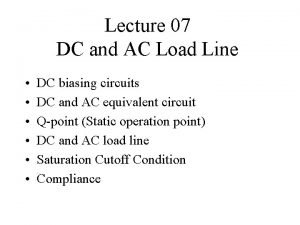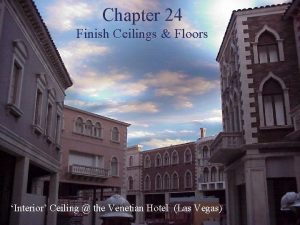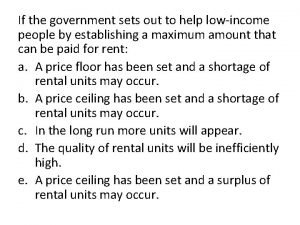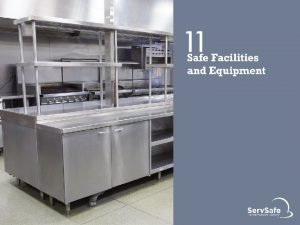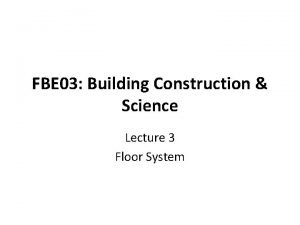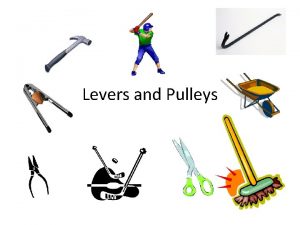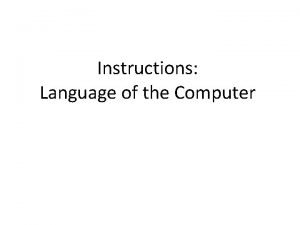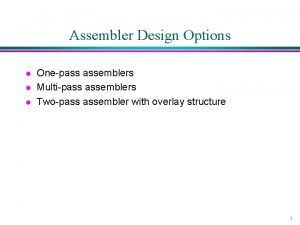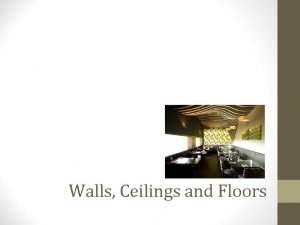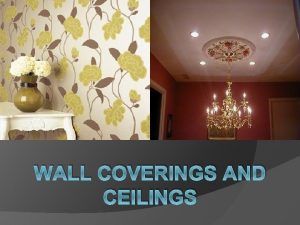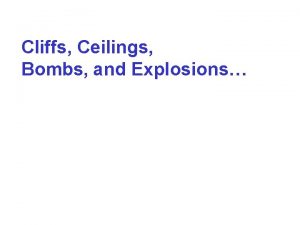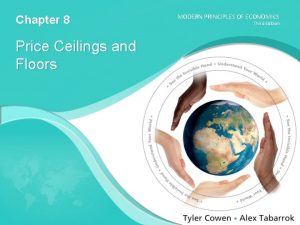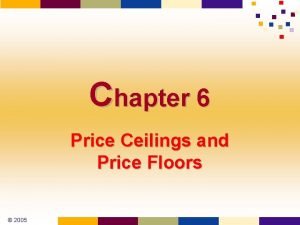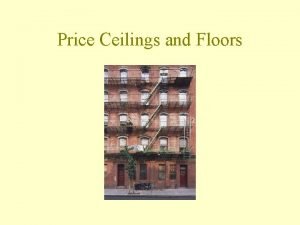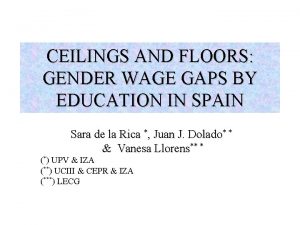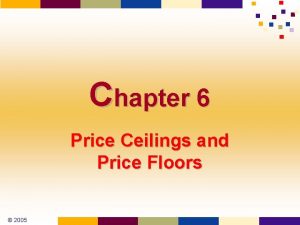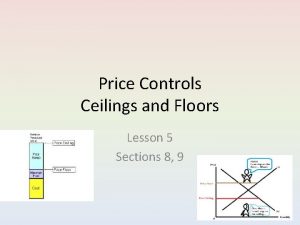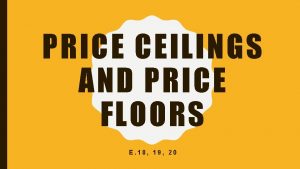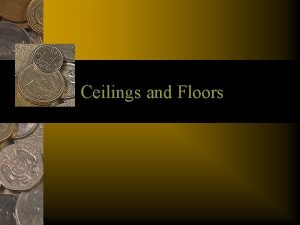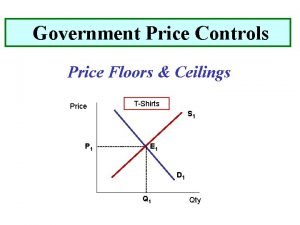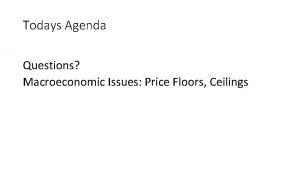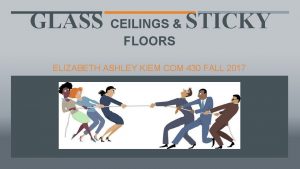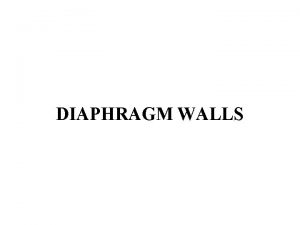Walls Ceilings and Floors Types of Walls Load





























- Slides: 29

Walls, Ceilings and Floors

Types of Walls • Load Bearing walls support floors above and the roof. • Partition or curtain walls are non-load bearing and do not support anything. They act as space dividers • Moveable walls: accordion walls and modular panels. If space needs change often, you should consider using moveable walls. Conference centers, office spaces, etc. • Partial Walls: walls that are less than ceiling height, offer visual privacy but not acoustical privacy. Provide ventilation. • Spur/freestanding: walls that do not join adjacent wall at both ends. IE: fireplaces in the center of rooms, walls behind reception desks.

Types of Walls Moveable Walls Spur or Freestanding wall

Factors to consider when planning walls: • Aesthetics: formal walls have smooth surfaces and are symmetrical in the window and door placements. They are also more closed with more of a vertical emphasis. Informal walls are rough, asymmetrical, and are more open with a horizontal feel • Function and Flexibility: why use moveable walls? They offer flexibility for tenants that experience change. Moveable walls provide electrical and data lines (some even offer plumbing) built into the wall system. The flooring is installed continuous so that the walls can be moved and not require the flooring to be changed.

Factors to consider when planning walls: • Degree of enclosure and privacy: opaque walls mean that you can’t see thru them. Translucent means that you can see thru the windows. • Light qualities: Psychology of light. White reflects up to 89% of light and black reflect about 2%. Texture also plays a role. Smooth surfaces reflect more light that rough textures. • Durability: the amount of time and money needed to maintain the walls must be considered. This is your responsibility when specifying a wall treatment to understand your clients needs. • Acoustics: smooth, hard surfaces reflect sound while soft, porous surfaces absorb sound. Insulate wall cavities when sound transmission is an issue. • Thermal qualities: comfort and energy efficiency.

TYPES OF WALL MATERIALS

Plaster: An old technique in which plaster is applied over the wallboard or concrete block using a lath. Textures range from smooth to stucco. This technique is almost a lost trade and is not used in new homes. It often chips and cracks as a house settles over the years.

Gypsum Wallboard - Drywall Gypsum wallboard is the most commonly used material to cover walls in interior projects. It has evolved into a versatile, dependable material that is quick to install and easy to repair. Made from a natural crystallized mineral, wallboard is naturally fire resistant and can also act as a sound barrier. Gypsum board of 4’ wide sheets x 8’, 9’, or 10’ high is attached directly to the stud walls. The joints are taped, spackled and sanded so the seams do not show. Texture may be applied or various other finish techniques. Note: Sheetrock is brand name but used as a generic term.

Wood comes in the form of paneling, plank (such as flooring), and veneer, etc. It provides warmth and is a good insulator but it tends to fade and is flammable. As a designer, you must verify code compliance before installing it in commercial applications.

Concrete Block Also known as Concrete Masonry Unit (CMU), concrete block is a very common building material for the load-bearing walls of buildings, in what is termed "concrete block structure" (CBS) This type of construction is very affordable and often found in commercial and institutional applications or as part of a residential foundation.

Tile Can be installed one tile at a time or in sheets held together with a mesh like backing. Tile provides easy maintenance, they are water impervious (required in public restrooms), but can create noisy interiors. They also can crack and chip.

Other wall finishes: Stone, Brick, glass, and resin

Other wall finishes: Paint, Wallpaper, Vinyl Wallcoverings

What is the difference? • Wallpaper: Has been used since the Colonial days in the US and for about 5 centuries in Europe. Known as the “poor mans tapestry” because only the wealthy could afford the real thing. Paper is not easily cleaned, cannot be scrubbed unless vinyl coated. It is priced by the single roll, although it is sold in a double roll. It is typically 27” wide. • Vinyl Wallcovering: More durable, usually fabric backed, does not stretch and tear during installation and is 54” wide. It can be purchased by the yard on a bolt. Typically used in commercial use and is more expensive than paper. It is categorized into two types: Type 1 and Type 11. (there is even a type III) Type one is lighter in weight (12 -15 ozs per yard) and Type II is heavier, usually 20 - 24 oz per yard and up. Type II is used in clinical areas of hospitals.

Three Classifications of Ceilings • Suspended from the structure • Acoustical tiles • tin • Attached directly to the structure • Gypsum board • Plaster • Tongue and groove wood • Structure and ceiling finish are the same thing. • Concrete sub floor • Exposed ducts • Exposed wood beams, joists

Types of Ceilings • • • Coffered Barrel Vault Coved Tray Exposed Suspended

Coffered Ceiling • Roman Coffered ceiling at the Pantheon (118 -125 A. D. ) were originally covered with blue stucco and glided rosettes.

Barrel Vault • Changing room in the women's section of the Forum Baths. Space is covered by a stucco barrel vault, marked by groves. Floor is black and white mosaic.

Coved Ceiling

Exposed Ceilings Haddon Hall, 14 th Century Middle Ages (500 -1300 A. D. ) featured structural details of open beams supporting a pitched roof. Some ceilings were flat with exposed beams. Upper class homes featured paintings, checkerboard designs and heraldic motifs.

Tray Ceilings

Suspended ceilings – Advantages Low cost Fast installation Sound control Flexible Adaptability of lighting and mechanical • Easy accessibility to plenum space • • •

Specialty Tiles

FLOORING

Factors to Consider • • Durability and wear factors Cleaning and maintenance Acoustics Static electricity Moisture in slab Price Appearance Safety

Categories of Flooring • Soft Flooring – (warm, quite, difficult to maintain, allergens) • Rugs and Carpets • Resilient Flooring (durable, good acoustics, easy to maintain) • • • Sheet Vinyl VCT (vinyl composition tile)- requires waxing which is not easy to maintain Cork Rubber Linoleum • Hard Flooring (durable, noisy, more expensive) • • • Stone (Slate, marble, flagstone, terazzo, granite) Brick Ceramic Tile Wood and Bamboo (strips, planks, parquet) Concrete Laminate

Plush Carpets Smooth (known as a Saxony) - This style of cut pile carpet is achieved when the tufts of yarn are sheared to a low, smooth pile height for uniform color and a formal look. Texture - This popular style offers a smooth, level finish, but the yarns have more twist, which creates a less formal look. Twist (known as a Frieze) - The yarns in this style are even longer, creating a soft, comfortable, casual appearance. Shag - The yarns in this style are even longer, creating a soft, comfortable, casual appearance.

Loop Carpets Level Loop (often called a Berber) - In this style, all the loops are the same height. The dense, firm surface of a loop pile carpet makes it ideal for hightraffic areas. Patterned Loop - The yarns in this style are also looped, but they are at two or three varying heights. The various heights can be arranged to create a wide range of patterns and textures.

• Patterns - Pattern carpets beautifully blend loops and cuts in varying heights for dramatic, unique patterns, ranging from floral designs to geometric to pin -dot.
 When evaluating the floors walls and ceilings
When evaluating the floors walls and ceilings Finishing materials meaning
Finishing materials meaning I build walls
I build walls Mary dahlgren sound walls
Mary dahlgren sound walls Difference between dpc and dpm in construction
Difference between dpc and dpm in construction Thrust load bearing
Thrust load bearing Tributary load and load path
Tributary load and load path Pux
Pux Ac load line
Ac load line When price ceilings are in effect
When price ceilings are in effect Ceilings of care
Ceilings of care Tightly attached ceiling
Tightly attached ceiling When the government removes a binding price floor
When the government removes a binding price floor Caps and floors
Caps and floors Floors should be relatively smooth and non-absorbent.
Floors should be relatively smooth and non-absorbent. Caps, floors and collars examples
Caps, floors and collars examples Robust details separating floors
Robust details separating floors Solid ground floor
Solid ground floor Thermal floors in colombia
Thermal floors in colombia Identify the lever and label the load effort and fulcrum
Identify the lever and label the load effort and fulcrum These vessels have thicker walls and a heavier tunica media
These vessels have thicker walls and a heavier tunica media What is the organelle of walls and studs
What is the organelle of walls and studs Flood walls advantages and disadvantages
Flood walls advantages and disadvantages Load and store instructions example
Load and store instructions example What is assembly language in computer
What is assembly language in computer Load bearing vest pros and cons
Load bearing vest pros and cons Load and go assembler
Load and go assembler Traffic throttling and load shedding
Traffic throttling and load shedding Probability theory in hashing and load balancing
Probability theory in hashing and load balancing Load and go assembler
Load and go assembler
